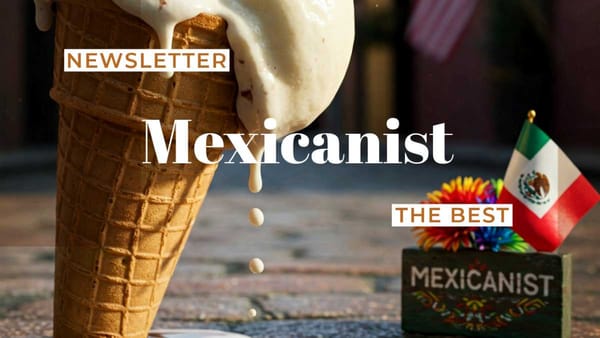The history of the Mexican peso: money acquires nuances depending on the historical context
The presence of the Mexican peso is as old as the colonial period when the viceroy Antonio de Mendoza arrived with the royal commission to create the first Casa de Moneda. The novo-Hispanic peso had a history as a monetary unit until the end of the 19th century.





